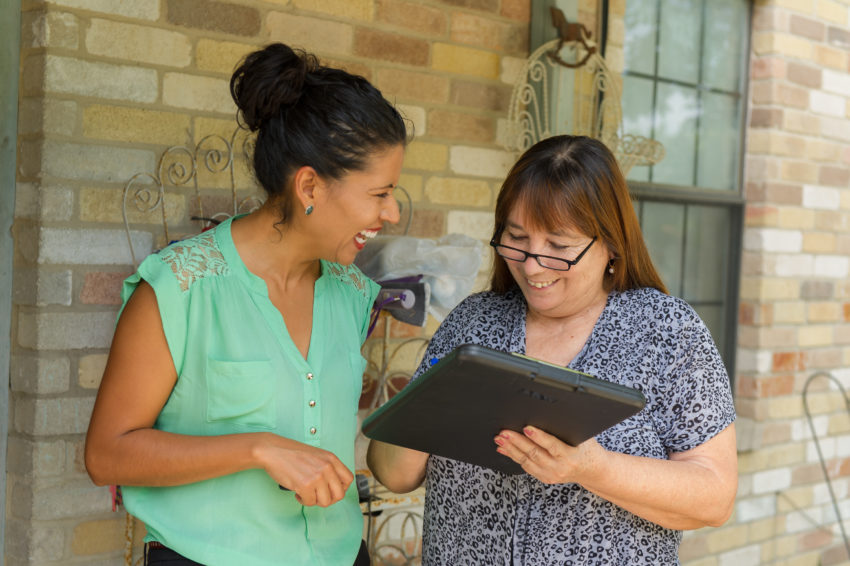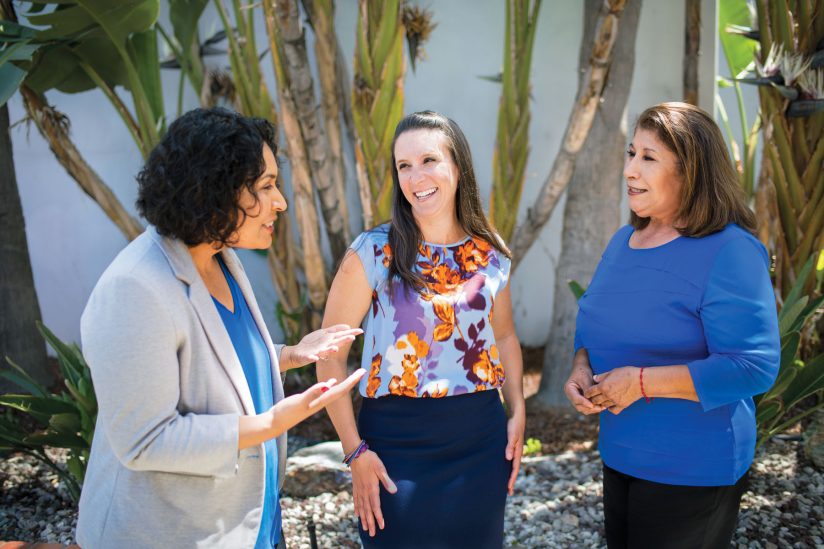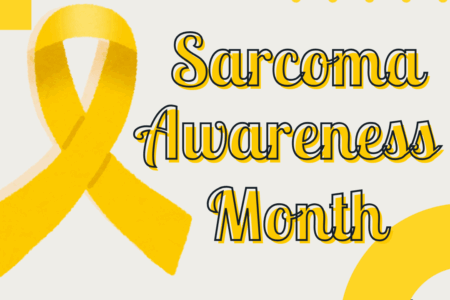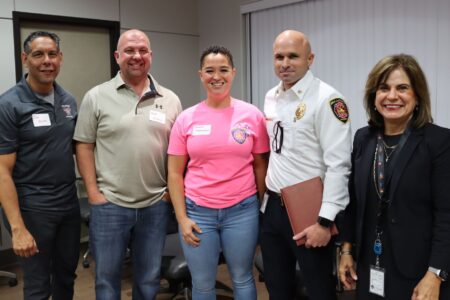
Share On Social!
We already know that where we live plays a significant role in our health.
Latinos and others living in rural areas struggle to access healthcare. They are more likely to die from heart disease, cancer, respiratory disease, stroke, and unintentional injuries than their urban counterparts.
A grassroots effort aims to change that.
¡Vivir Mi Vida!, a pilot program at the University of Southern California (USC), is improving the health of rural, middle-age Latinos.
¡Vivir Mi Vida!
¡Vivir Mi Vida! is a 16-week lifestyle intervention translated as “Live My Life!” It aims to optimize health outcomes in Latino patients.
Researchers worked with community partners to develop ¡Vivir Mi Vida! five years ago at USC’s Mrs. T.H. Chan Division of Occupational Science and Occupational Therapy. The study for the pilot program grew from focusing on urban populations to focusing on rural, safety-net patients from minority groups in California.
“We brainstormed about how the program could be extended to serve older people who were underserved and at high risk for developing chronic conditions or early onset disability,” Stacey Schepens Niemiec, study leader, told USC News. “We looked to our community partners to identify patients truly in need of a healthy lifestyle program.”

Basic medical care is already a reach for Latinos in rural communities.
But access to specialized preventive services such as occupational therapy is an even further reach.
The study consisted of 40 participants ages 50-65 with conditions from depression to high-blood pressure.
Laura Guzman, a promotora (a trained health outreach worker), helped recruit study participants. She and USC Professor Jenny Martinez spent a year creating program materials for the study. Materials included handouts and a picture-based flipchart. It also featured a scripted manual on healthy foods, exercise, diabetes, arthritis, cancers, sleep, and finances.
Guzman and two other promotoras hosted 16 weekly sessions that treated participant conversations like they were neighbors instead of having a lecture in a class.
“As promotoras, we try and help our community in various ways,” Guzman told USC News. “If they have health concerns, we help them figure out what are the right questions to ask a doctor so they feel more confident walking into an appointment. We speak the same language, like a bridge between the community and the resources they provide and Latinos.”
What The Study Found
Researchers found the adverse impact of symptoms on day-to-day activity significantly improved, even to a 12-month follow-up.
Additionally, participants showed improved clinical markers for instance reduced systolic blood pressure. They also improved daily health behaviors, such as reducing sodium and saturated fat intake.
Concepción Navarrete, a participant in the study, was pre-diabetic with high-blood pressure. She wasn’t sure what to eat or how to prevent chronic diseases. After hearing about the ¡Vivir Mi Vida! program, she knew her life was going to change, and it did.
“I changed everything,” she told USC News. “I stopped eating sweets. I stopped eating salt. They gave us recipes that I still use.”
There was only one thing Navarrete didn’t like about ¡Vivir Mi Vida!: it was short and she wished it lasted longer.
The study will serve as a foundation for implementing other trials that will administer conclusive evidence about the value of programs like ¡Vivir Mi Vida! for older, rural Latinos.
By The Numbers
25.1
percent
of Latinos remain without health insurance coverage



